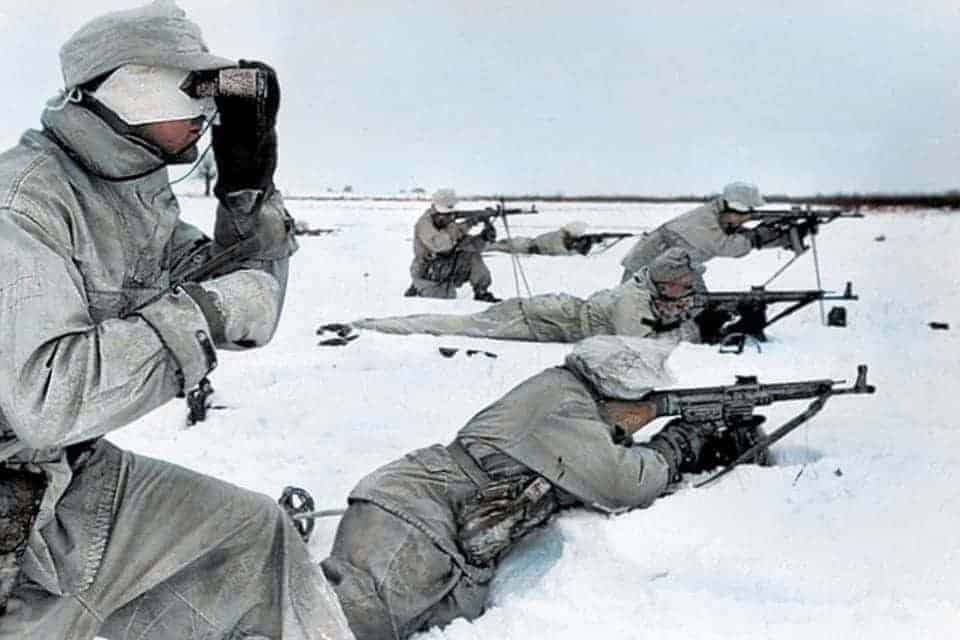Military strategy, leadership, and luck have all influenced the outcome of war. Sometimes Mother Nature has played her hand as well. Historically, the weather has had a surprising influence on the actions of armies, and the victor of battles. Harsh winters can decimate unprepared armies, and storms can start (or end wars).
Some of the most historical victories, like the defeat of the Spanish Armada, may be as much about the weather as they are about military strategy.
Destruction of the Spanish Armada
In 1588, England narrowly escaped an attack by Spain’s navy, commonly remembered as the Spanish Armada. While England had a remarkable navy, Spain had also prepared a substantial invading force. England’s navy was also suffering from lack of adequate funds. The ships didn’t have enough gunpowder or ammunition on board to fight the Spanish as needed.

The Duke of Parma’s forces numbered around 27,000 in total on some 129 ships. Spain’s ships were slow and heavy, but their soldiers were skilled and believed that boarding plans would be effective. They had planned to land on the Kent coast, around Margate. These trained sailors and soldiers would have quickly reached London, and could have rapidly gained control of the city, and the government.
The invasion fleet had been prepared a year before the Spanish Armada, but a successful supply raid at the port of Cadiz by Sir Francis Drake slowed the invasion. When the Spanish sailed from Lisbon, they planned to gain control of the English Channel, then invade England.
During the nine days that the two navies met, only six Spanish ships were destroyed. Things were not, at that point, going well for England. It could have, in the late summer of 1588, been a world-changing invasion, if England had been seized by Catholic Spain.
On July 29, 1588, the fighting had intensified significantly, with eight burning ships sent into the harbor of Calais. While the fighting was intense; the efforts of the English navy were not solely responsible for the win.
The Spanish attempted to retreat, but were faced with a foe more frightening than the English; strong Atlantic storms. They were thrown off course, and between 50 and 64 Spanish ships were lost to the storms. Around 13,500 Spanish soldiers did not return home, some washing ashore in Ireland.

